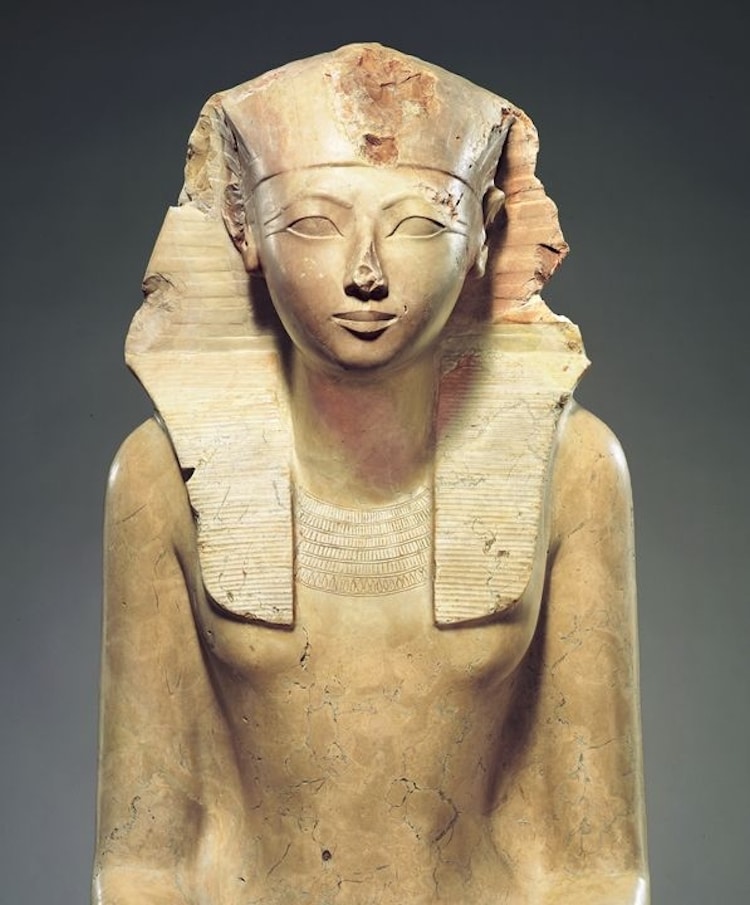
Statue of Hatshepsut as pharaoh, c. 1479–1458 BCE (Photo: Wikimedia Commons, CC0 1.0)
With a legacy of glittering pyramids, complex tombs, and amazing works of art, it’s no wonder that ancient Egypt continues to intrigue history lovers. At the helm of this large and powerful empire was a long line of pharaohs, like Ramesses II and King Tut. And while most of these figures were men, there were a couple of women who took on this role. One of the most significant female pharaohs went by the name Hatshepsut (c. 1507–1458).
As the second recorded female pharaoh after Sobekneferu, Hatshepsut possesses a unique place in history. Originally Great Royal Wife to the pharaoh Thutmose II, Hatshepsut came to power after the death of her husband, starting as regent and slowly accumulating power over time. She reigned during an extraordinarily prosperous period in Egyptian history and oversaw the construction of numerous temples celebrating her 21-year rule.
Scroll down to learn eight interesting facts about the female pharaoh.
Learn eight facts about the Ancient Egyptian pharaoh Hatshepsut.
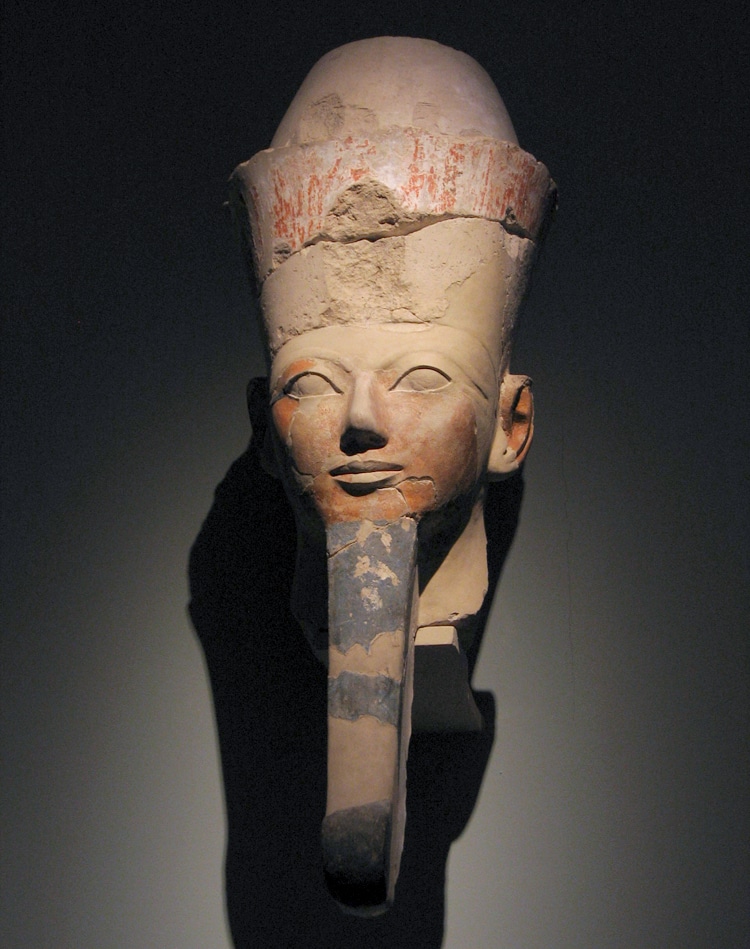
Head of Hatshepsut in the guise of the god Osiris, c. 1503–1482 BCE (Photo: Wikimedia Commons, CC BY-SA 3.0)
She was the daughter of a king.
Hatshepsut was born around 1507 BCE, the eldest daughter, and first surviving child of the pharaoh Thutmose I and his great royal wife, Ahmose. However, she was not first in line to the throne. Instead, it was her half-brother Thutmose II, the son of the pharaoh’s second wife who inherited the kingship.
As a result, Hatshepsut married her half-brother—a common practice in ancient Egyptian royalty—and became the queen consort with the title Great King’s Wife.
She was a regent for her stepson.
Hatshepsut and Thutmose II had only one living child, a daughter named Neferure. So, when Thutmose II died unexpectedly after a short reign, his second wife’s son, Thutmose III, was pronounced heir. However, since the child was too young to rule, Hatshepsut was made regent for her stepson and ruled for seven years in this role.
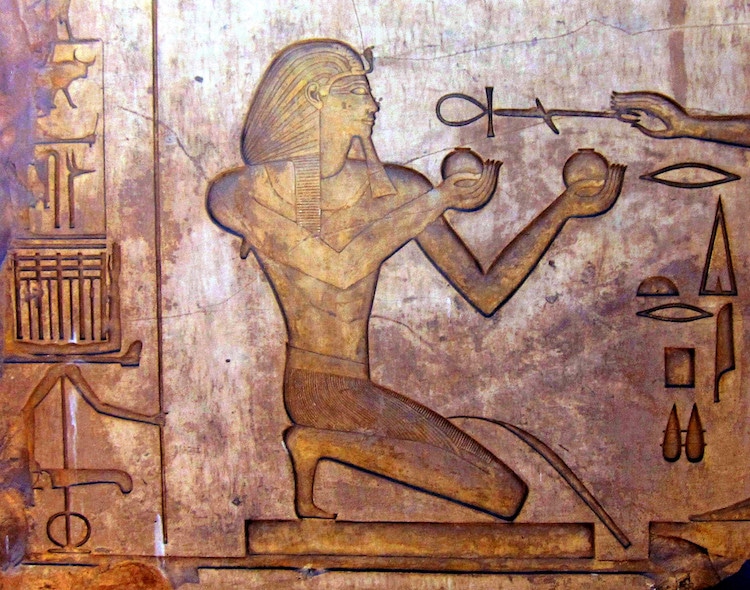
Relief of Thutmose II, c. 15th century BCE (Photo: Wikimedia Commons, CC0 1.0)
She wore male regalia.
After serving seven years as regent, Hatshepsut was crowned as king and made pharaoh. As such, she adopted regalia for a king in her portraits, like a kilt, crown, and false beard. Her portraits even portray her with the body of a man.
Hatshepsut had a peaceful reign.
When she came to power, Egypt was already in a very prosperous position. So, instead of leading military campaigns, Hatshepsut focused on establishing trade routes (such as to the Land of Punt) and initiating construction projects at home. In fact, she oversaw hundreds of building projects in both Upper and Lower Egypt, many of which were dedicated to her greatness.
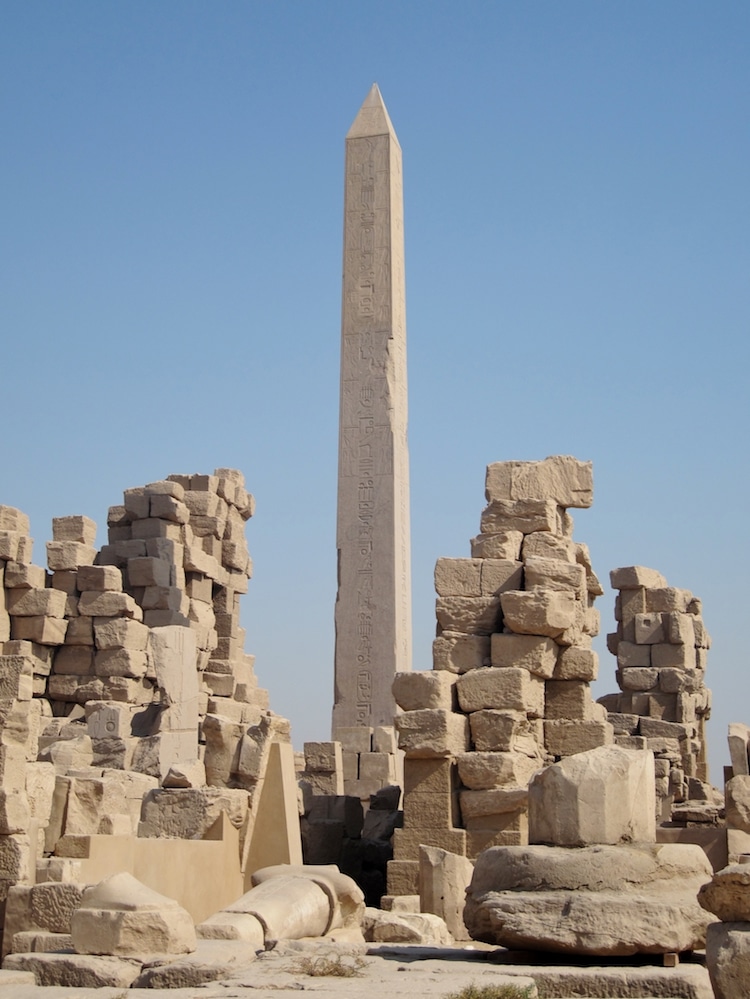
Hatshepsut’s Obelisk at the Karnak Temple in Luxor, Egypt, c. 1479–1458 BCE (Photo: Olaf Tausch via Wikimedia Commons, CC BY-SA 3.0)
She built several obelisks.
Obelisks—tall, four-sided structures with a pyramid on top—were a popular celebratory monument in ancient Egypt. Hatshepsut was responsible for creating several obelisks, some of which can still be seen today.
During her renovation of the Temple of Karnak—which was damaged from a previous invasion—she added two tall obelisks at the entrance of the temple. One of them remains, and, at nearly 97 feet, is the tallest standing obelisk still in ancient Egypt.
In addition, the famous “unfinished obelisk“—which was never erected, but abandoned and mostly carved in the stone quarry of Aswan—was ordered by Hatshepsut. The incomplete monument measures 137 feet and weighs 1,200 short tons, making it the largest known ancient obelisk in the world.
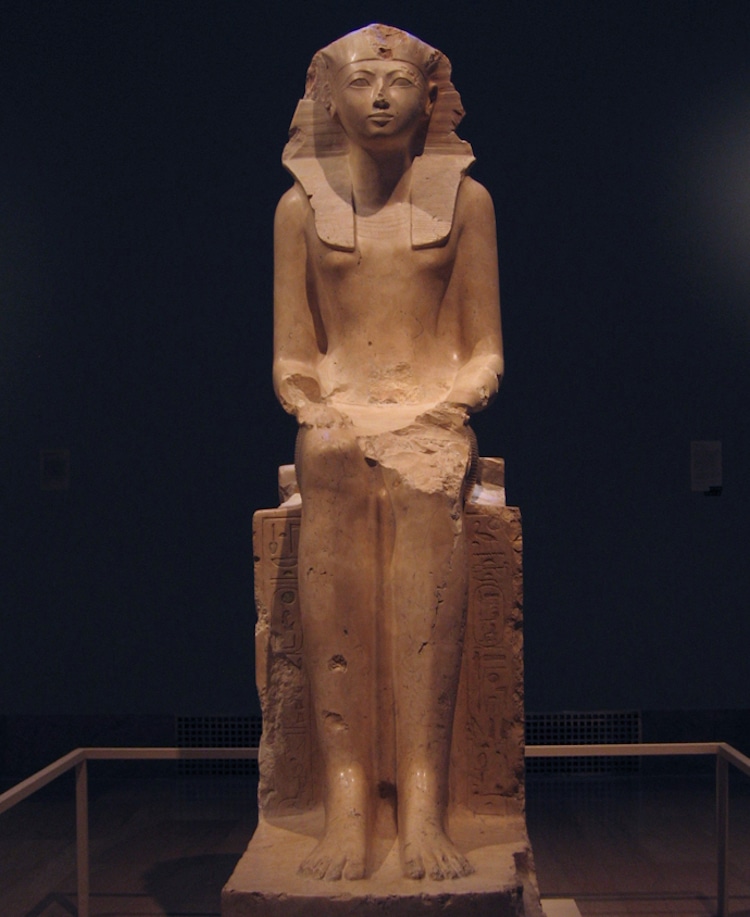
Statue of Hatshepsut, c. 1473–1458 BCE (Photo: Postdlf via Wikimedia Commons, CC BY-SA 3.0)
She built a temple dedicated to herself.
Over the course of her 21-year reign, she oversaw the construction of the Temple of Hatshepsut, a mortuary temple dedicated to herself and her deceased husband, Thutmose II. The grand palatial structure, which is still standing today, is built into the cliffs of Deir el-Bahari, across from the modern-day city of Luxor, and is considered to be a shining example of ancient architecture and engineering.
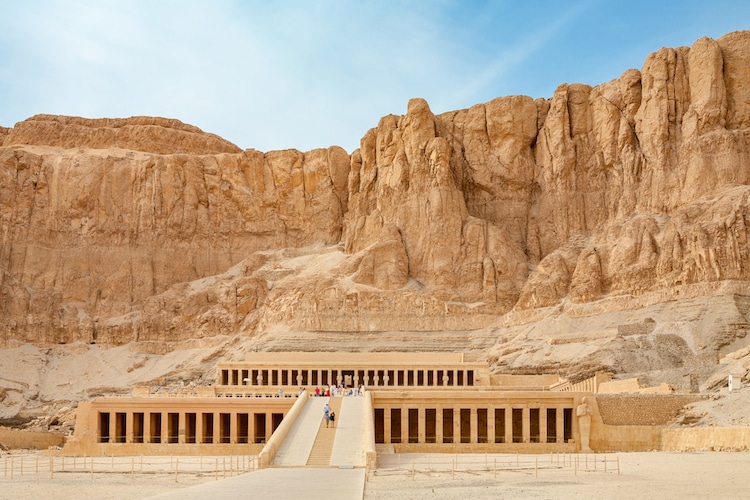
Temple of Hatshepsut, Luxor, Egypt (Photo: Arsty/DepositPhotos)
She was buried with kings.
After Hatshepsut’s death in about 1458 BCE, she was buried in the Valley of the Kings: a royal necropolis near Thebes (modern-day Luxor). Her status as pharaoh made it unsuitable for her to be buried as Great Royal Wife, so she altered her father’s tomb (Thutmose I) to accommodate her as well. It is considered to be the first tomb constructed in the necropolis.
Her legacy was almost forgotten.
After Hatshepsut’s death, the subsequent pharaoh Thutmose III and his son attempted to erase all traces of her existence from historical records. This included chiseling away her name from inscriptions and cartouches and disfiguring her portraits. Fortunately, enough evidence survived to cement Hatshepsut’s place in history. The practice, however, was not uncommon in ancient Egypt and has led many historians to believe there may have been other female pharaohs before Hatshepsut and Sobekneferu that were simply erased from the record.
Related Articles:
All Hail Sobekneferu: Learn About the First Known Female Pharaoh of Ancient Egypt
Learn About the Valley of the Kings, the Burial Site of Ancient Egyptian Pharaohs
Ancient Egyptians Were Cat People: Exploring Felines and Gods in Art and Culture
